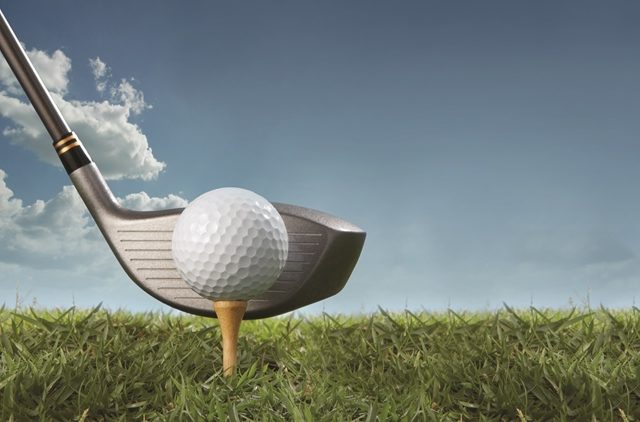Lets Get Your Posture Perfect
One thing that can be learnt from the tour pro’s is the importance of good posture. Standing correctly not only places them in an athletic position but critically it enables them to produce a ‘balanced athletic motion’ throughout their entire golf swing.
Making consistent contact will a stationary ball should, in theory not pose too much of a problem – however, performing a range of body movements in sequence prior to impact becomes way more difficult to achieve correctly if you are off balance.
The purpose of this article is to highlight the key fundamentals that should be commonplace within your posture. If you don’t already adopt them it may take a little time for you to feel comfortable with the changes so don’t expect miraculous results right away. However, if you have the mental strength to persevere until they feel natural then your consistency will improve.
You can quickly ‘self-check’ each ‘key posture fundamental’ before every shot by asking yourself a simple question. The time spent doing this will be re-claimed in abundance by not having to search for your ball as often from the errant shots caused by poor posture.

How to find correct posture in a sequence that you can practice at home – no golf club required – Photo 1
- Stand bolt upright legs straight back straight.
- Unlock knees.
- Buttocks up – suck stomach in.
- Roll shoulders forward and drop arms.
Knee-flex – How much – Photo 2
So many amateurs get this wrong. ‘Excessive’ knee flex is something I see too often. For the legs to work correctly and yet provide stability, simply unlock your knees from a standing tall straight leg position
- Don’t allow yourself to sit too much – doing so makes the spine more vertical and throws your weight back on to your heels to support your bodyweight. Instead push your buttocks upward – imagine them touching a wall behind you – (not allowing them to drop down towards the skirting board near the floor). Photo 3
This will tilt your spinal angle forward and apply important downforce with your chest at set-up – Photo 4
- Allow your shoulders to roll forward – allowing your biceps to feel like they sit on top of your pectoral muscles not behind them. If your shoulders are positioned too far back it has the effect of thrusting your chest forward and will restrict your arms from turning freely on both backswing and through swing.
- It is vital to ask yourself where your weight is on your feet prior to making your swing. If the weight is towards your heels you will be too close to the ball and may have excessive knee flex. If you sense the weight is towards our toes then you will be too far away from the ball. Shuffle backward and forward accordingly until the weight feels centered on your feet = through the bootlaces. Photo 5
I like to encourage my pupils to allow their arms to hand vertically down from their shoulders instead of reaching them out slightly under tension. Imagine how the big ticker in a grandfather clock would hang? It would hang vertically down keeping it inside the casing of the clock.
If you stand too close / too far away from the ball you will struggle to hit it solidly. To avoid this, check how far your hands and the top of the grip are from the tops of your thighs by doing the following.
Leave your left hand (top hand) on the grip and with the right hand check the distance between the top of the club and your legs. If there is insufficient room to do this then your spacing is too close. If you have more than a handspan then you are too far away. You should see one hand span of space.

